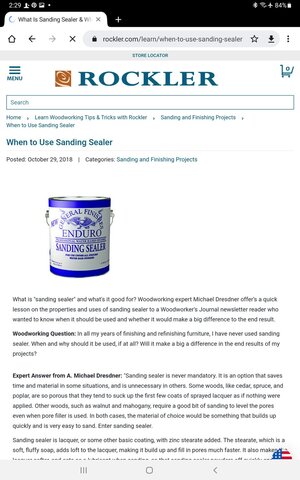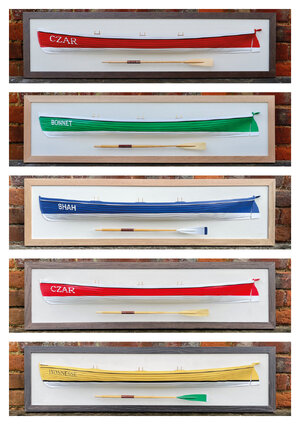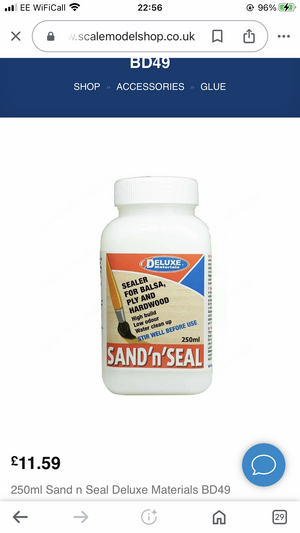- Joined
- Dec 6, 2019
- Messages
- 64
- Points
- 88

Hi all, new here and just jumping back into the wonderful world of wooden ship models!
I'm soon to start build on my Artesania Latina Hermione (updated version) and want to make sure I have all bases covered.
So then, I have a question (which I haven't seen a clear answer to unless I'm blind): Which basic primer and sealer to use for water-based acrylic paints?
TIA
I'm soon to start build on my Artesania Latina Hermione (updated version) and want to make sure I have all bases covered.
So then, I have a question (which I haven't seen a clear answer to unless I'm blind): Which basic primer and sealer to use for water-based acrylic paints?
TIA












